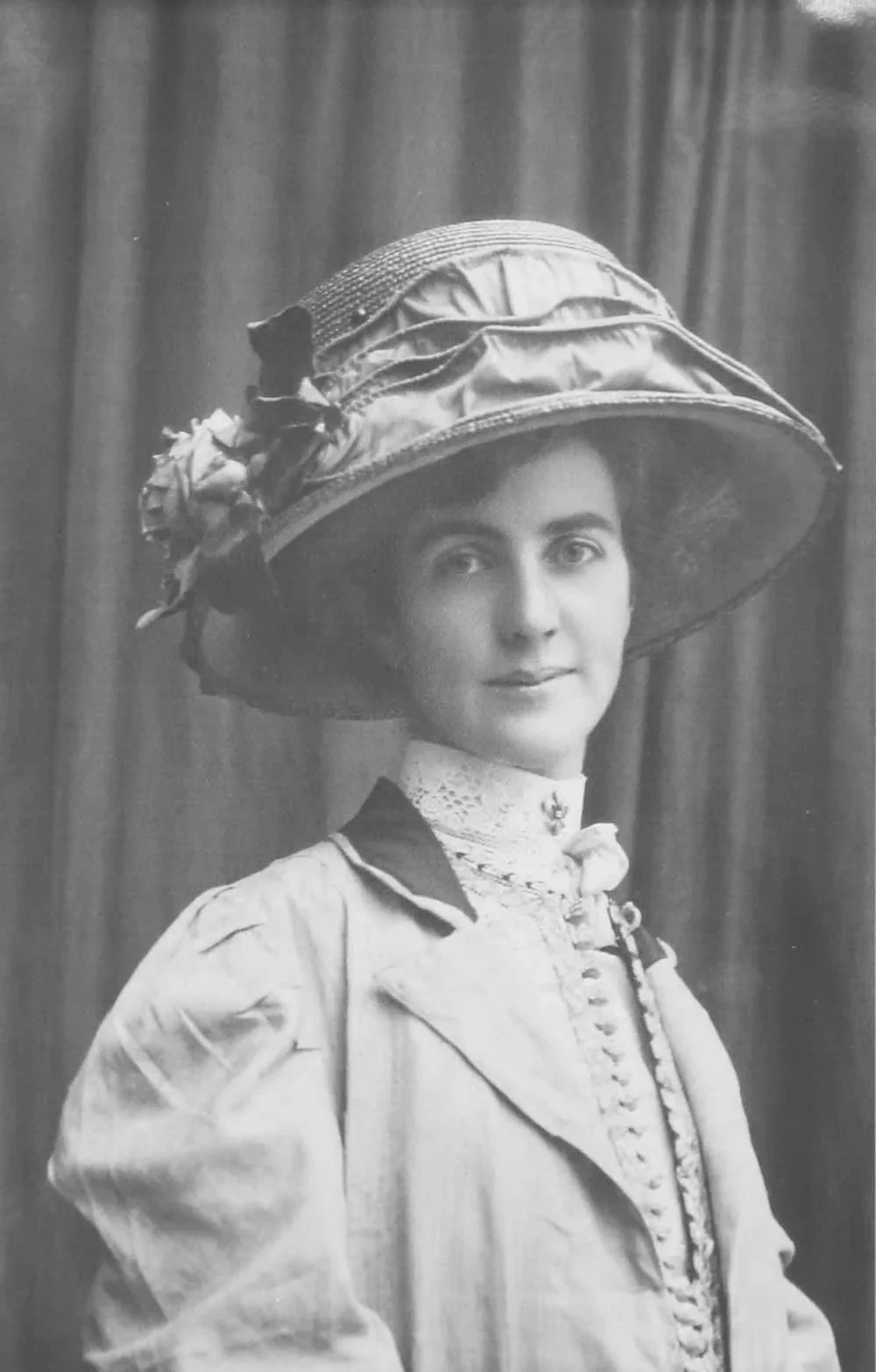GRACE RAVLIN
1873-1956
Image Source: PBS.ORGGrace Ravlin (1873–1956) was an American painter known for her bold landscapes and vivid, genre scenes inspired by her extensive world travels. Born in Kaneville, Illinois, into a musical family, Ravlin initially pursued a career in education before dedicating herself to painting, much to her family's disapproval.
She honed her craft at the School of the Art Institute of Chicago and the Pennsylvania Academy of the Fine Arts, studying under prominent artists such as William Merritt Chase.
GRACE RAVLIN BIOGRAPHY
-
In 1906, Ravlin moved to Paris, where she would remain based for much of her career. During this time, she traveled widely across Europe and North Africa, with her canvases capturing the vibrant atmosphere of locations like Morocco, Tunis, and the Southwest United States. Her work, which she called "ethnographic painting," reflected a deep interest in the native cultures of the places she visited, from Native American ceremonies in Taos to bustling markets in Tangier. Influenced by French Post-Impressionism, Ravlin’s style was characterized by strong colors, fluid brushstrokes, and a "staccato" rhythm.
A member of prestigious art societies like the Société Nationale des Beaux-Arts, Ravlin exhibited her work widely and garnered numerous awards, including a silver medal at the 1915 Panama Pacific International Exposition and prizes from the Art Institute of Chicago. In addition to her art, she served with the Red Cross in Europe during World War I. Her paintings are held in the collections of major institutions, including the Smithsonian American Art Museum and the Musée du Luxembourg in Paris. Ravlin’s legacy is that of an independent and celebrated female artist who captured the spirit of her travels through a distinctly modern artistic lens.



Oil on canvas
24 X 31 inches
Signed lower right
INQUIRE